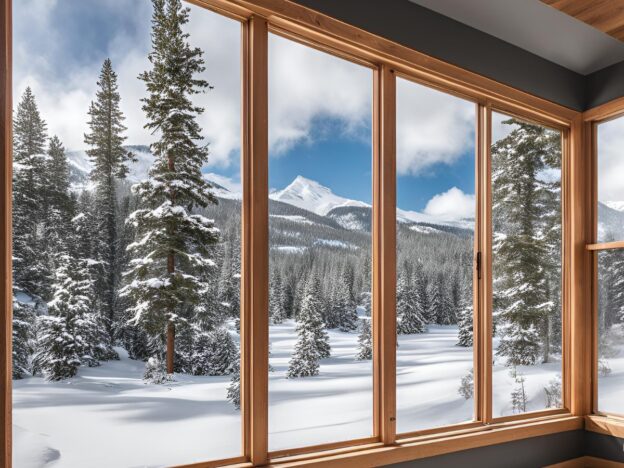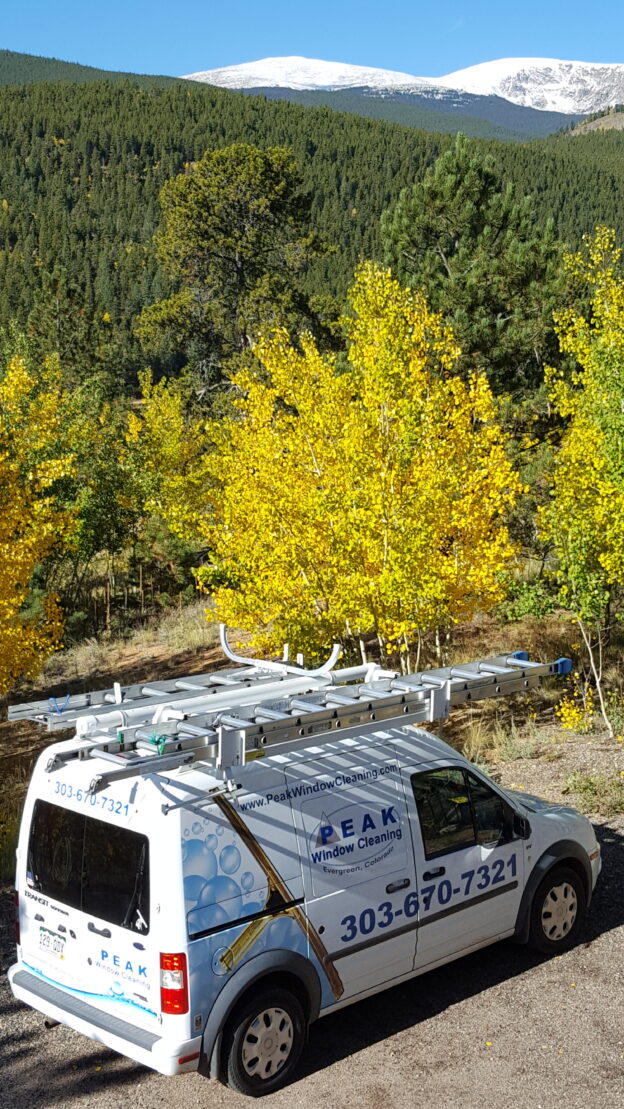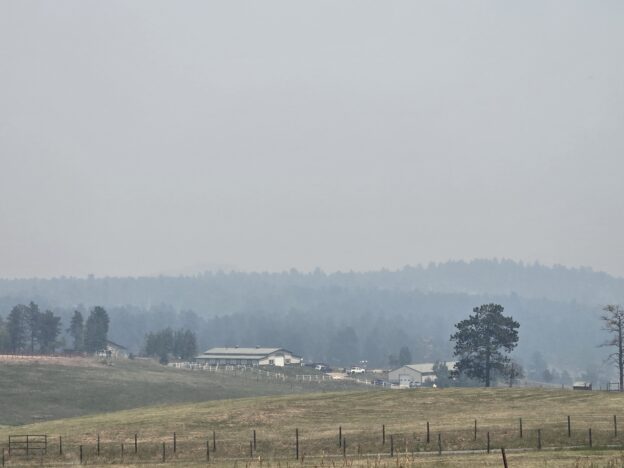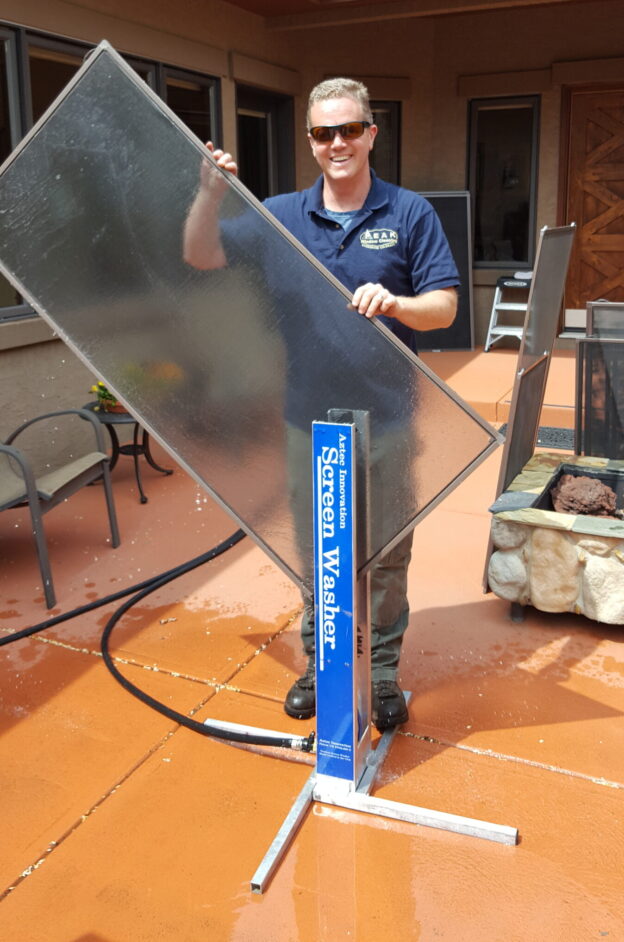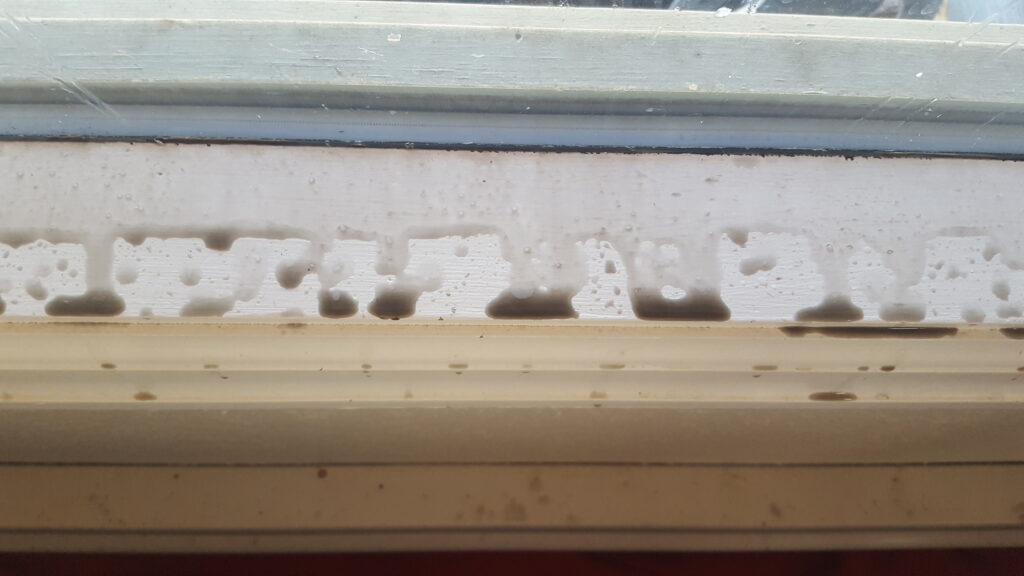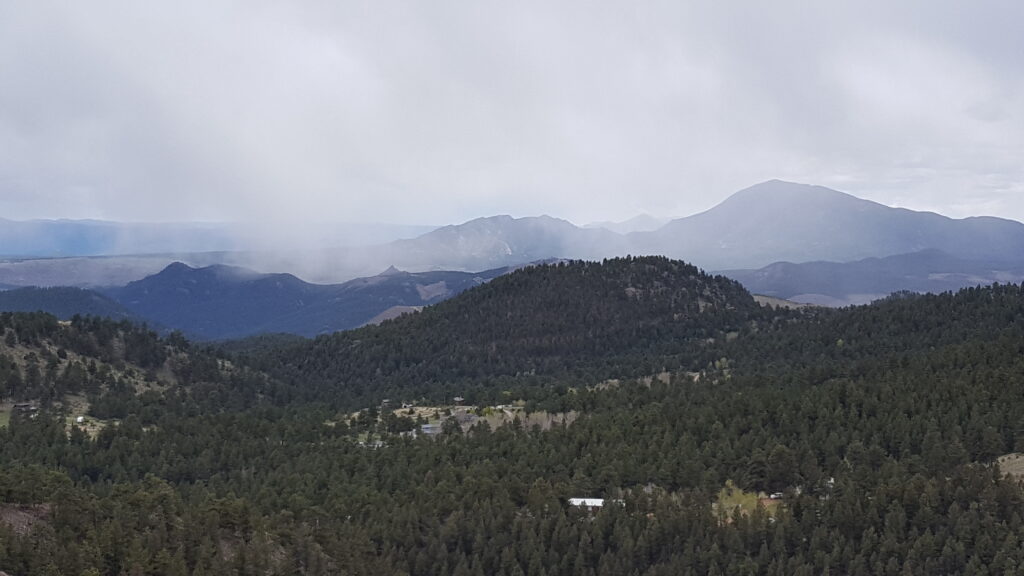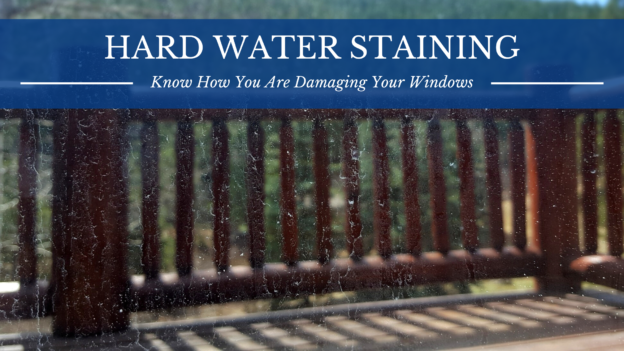Spring Cleaning Tips and Tricks from Redfin
March 10, 2020 – By Lexi Klinkenberg
Spring is almost here and with that comes spring cleaning. Often times, it’s easy to put off cleaning until the weather is nicer and you have the opportunity to really clean the inside and outside of your home. Whether you live in a sunny climate like Florida or a Rainy one like Portland, it is important to take time to clean and organize your home this spring. We asked experts from across the country to share their tips for cleaning and organizing your home this spring.
Remove scuffs and marks on doors and walls
While most scuffs and marks on doors and walls can be removed with a little elbow grease, for stubborn stains use a magic eraser with barkeepers friend. In some cases, this winning combo can remove permanent marker! You will have your doors looking brand new in no time. –Maid in Bastrop
Clear your space
When spring comes, gardeners prepare plants for new growth by pruning away the 3 D’s – anything that’s dead, damaged or diseased. This spring, clear your space and let go of the 3 O’s – anything that’s old, out of date, or overstocked. Keep the best and toss, recycle or donate the rest! –Lisa Zaslow, Gotham Organizers
Brighten up your home
Begin by making your home brighter. Wash windows, inside and outside, and replace all burnt out or missing light bulbs. It will make it much easier to see what things need your attention. Also, when everything is sparkling clean and well organized, all the extra light coming in during the day will make you feel energized. –Emily Anderson, MLE
Give your kitchen a cleaning and organization overhaul
Springtime is the perfect time to give your kitchen a cleaning and organization overhaul. Deep clean your refrigerator and pantry. The first step, pull everything out and check for expired, inedible or stale items. Don’t forget about the chips, oils, spices, and cans- these items are often overlooked. Toss anything that is bad, and donate items you’re not using but still have a shelf life. When empty give these areas a good cleaning with water and vinegar. Sort like items into groups and use dividers or bins to help make categories. Be sure to add labels to help maintain the system and keep things organized for the year ahead. – IT’S ORGANIZED
Envision your end goal
We like to begin our spring cleaning by envisioning what we want the space to look like once everything is all finished. This helps you to keep the end goal in sight, especially when deciding on what items stay and which go. From there, start with the big spaces and work your way down to the smaller, allowing your energy to be maximized on the areas that need the most attention. –Nialya Suarez, Organized Simplicity
Be symmetrical
When getting organized, make it a goal to be symmetrical. Having matching bins brings harmony and uniformity. Take time to label each bin as it provides structure, and by using white bins, it brightens up a room. –Marie Jackson, Organized Marie
Freshen up carpets and upholstery
The most common issues with rugs and upholstery items are odors and traffic stains. To help control odors on your carpets and upholstery, in a spray bottle, mix hot water, a cup of fabric softener, and vinegar. Shake well and you will have a natural odor-controlling solvent that will work on any fiber you choose to use it on. –Carpet Cleaning NYC
Wash the exterior of your home
Consider washing your home yearly, a practice that is often overlooked. You wouldn’t believe what an exterior cleaning plus a window cleaning can do to make your home feel like new again, and keep your new home looking its best for years to come. For best results make sure to use experienced contractors. –Time Machine ATX
Involve all members of your household
During spring clutter clearing it is important to involve all members of your household. This allows everyone to focus on their own stuff and be a productive part of the household. Create a realistic plan of attack that will result in a happy home and prevent arguments.-Major Organizers
Repair and clean your windows
Spring cleaning is a great time to clean and repair your windows. Making sure that your windows open and close properly and that all hardware is operational. Also, maintaining any weather stripping, and cleaning the tracks and frames will ensure that you can use your windows when summer comes around. We recommend having your windows and screens professionally cleaned at least twice a year to keep them in tip-top shape all year long. –Peak Window Cleaning
Focus on one room at a time
Spring cleaning can feel overwhelming and daunting but it doesn’t have to be. Focus on one area at a time over the course of a few weeks. Your kitchen, bathrooms, living spaces, bedrooms, garage, and your basement. You will feel defeated if you tackle the entire home in one day and it doesn’t all get finished. –Dashing Maids
Remove the clutter
We recommend you remove the clutter, clean your home, driveway, and patio. With these simple steps, you can embellish the exterior of your home and make a huge impression. –Atlantis Mobile Power Wash
Do a maintenance check on appliances
It’s always a good idea to include a maintenance check on your appliances and electronics when spring cleaning, to prolong their life and catch problems before they happen. We call this “inspection for detection and correction.” This might mean spraying your computer fans with compressed air, checking cords and wires for frays, oiling your garage door, or cleaning the inside of your toaster oven. –Madeline J. Lewis, Organizers Northwest
Clean gutters and downspouts
Spring is coming and with it plenty of rain. Ensuring that the water is running freely throughout your gutters and downspouts is a must to discourage stagnant water. You want to make sure you eliminate that damp environment where mosquitoes tend to breed. –C Clearly Pressure Washing
Make an all-purpose cleaning spray
For spring cleaning. Follow our professional spring cleaners recipe that will make nearly every surface gleam, especially kitchen counters, appliances, and inside the refrigerator. You will need baking soda, a Reusable spray bottle, and a sponge. Combine 4 tablespoons of baking soda in 1 quart of warm water, and use this mixture with a sponge to wipe messes away. –Sydney Local Cleaners
Originally Published on Redfin
